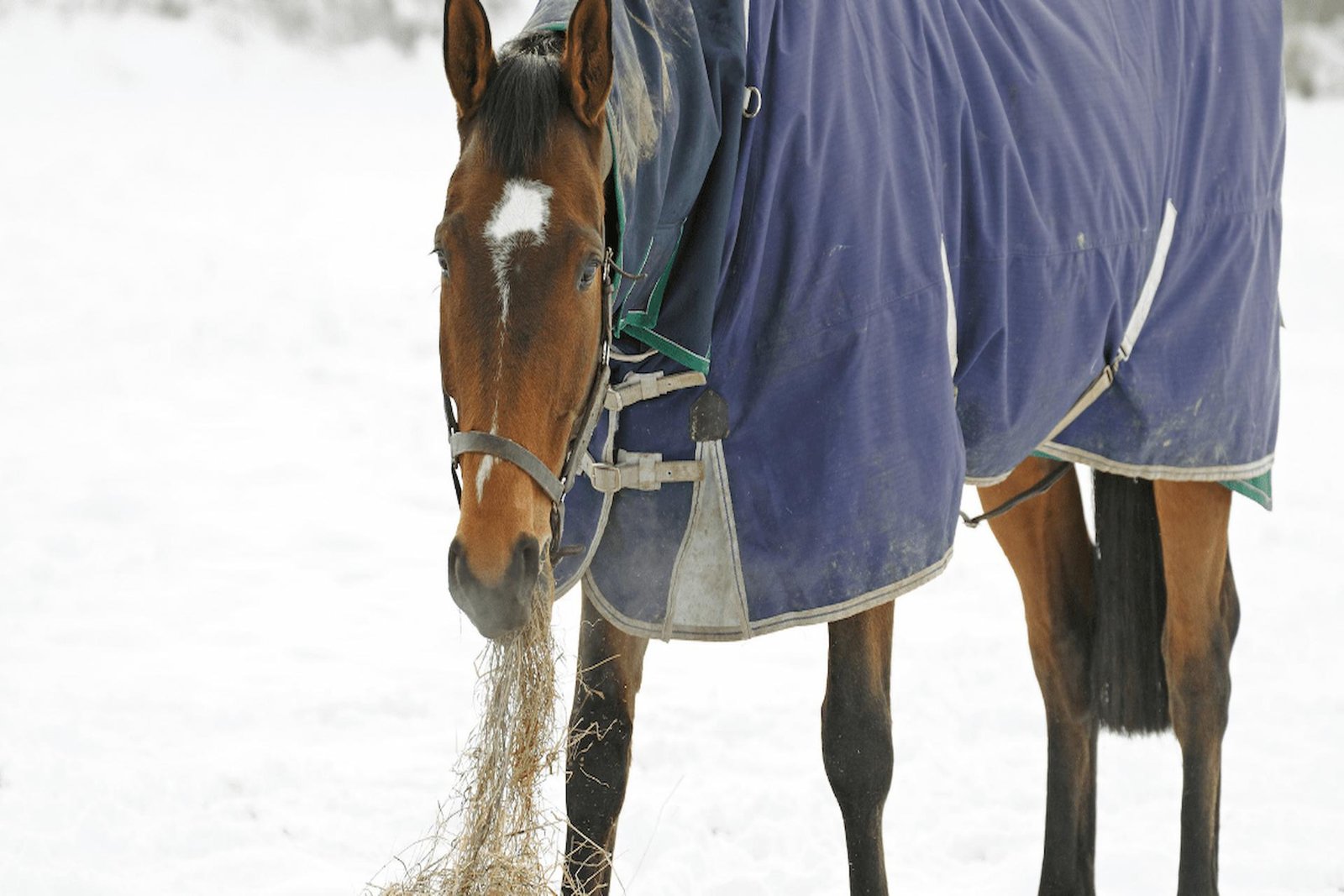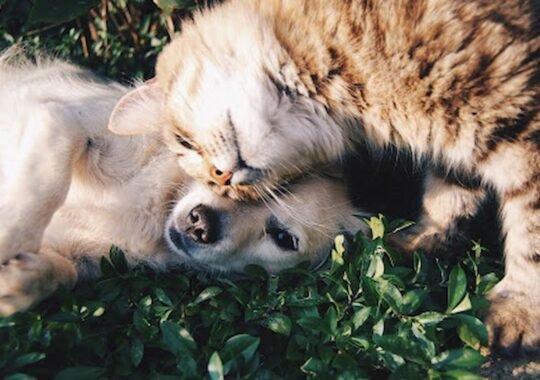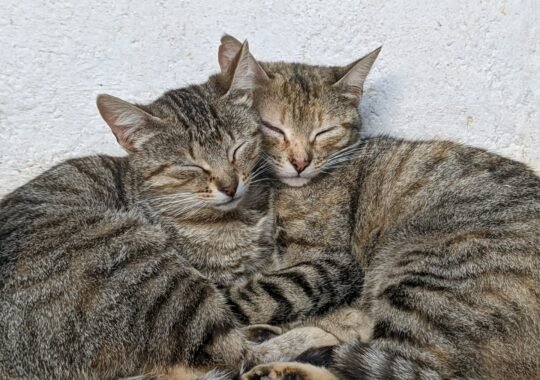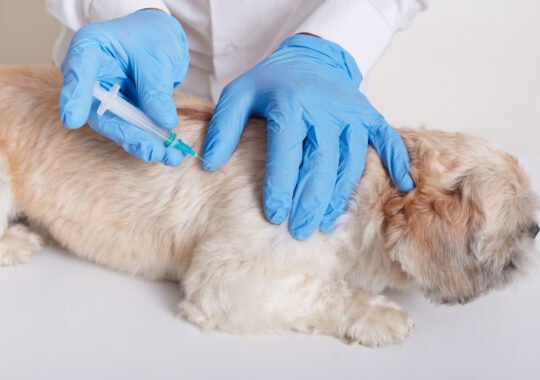Throughout the winter, the way that you care for your horse may change to ensure they’re thriving in the cold weather. Because of this, it helps to familiarise yourself with some of the common issues that horses can face, that could cause problems with their health. Something as small as changing the horse feeds you use could have an impact on the comfort of your horse. We’ll take a closer look at some of the most common winter ailments in horses, and how you can avoid and manage them.
Winter Colic
This is a type of gastrointestinal disease and can include an impaction that happens within your horse’s colon. Colic in winter is often related to a change in diet to help them deal with the cold – as we switch to feed that helps increase calorie and fibre intake. Fibre is all-important in colder weather, as digesting it helps to keep horses warm when they need it most. A sudden change in diet, from grazing in the warmer months, to hay in the winter months, can cause an issue for your horse’s digestive system. This condition happens when food builds up in the colon and causes a blockage. Some of the symptoms that can help you to identify colic include a lack of droppings, as well as a change in appetite. You may also notice that they lie down more often.
Colic is a common problem that horse owners may come across in winter, not only because of the necessary change in diet and feed but other implications and changes to routine, such as reduced exercise, especially in stabled horses, as well as less water intake – which can happen when water is frozen over. To reduce the chance of winter colic causing issues for your horse, ensure you make dietary changes slowly, and gradually. You could also add a dash of warm water to their water bucket to encourage them to drink more.
Rain Scald
If your horse regularly spends time, it turns out, they may be at risk of suffering from rain scald. This issue can take hold when your horse is exposed to wet, cold weather, and most commonly affects the top of your horse’s body. When your horse’s skin is wet for a long time, or frequently, the skin softens which subsequently leads to bacteria infiltrating this natural barrier. You will notice scabbing and crusting on your horse but there are ways to prevent this from happening. Provide shelter for your horse so that it can limit its exposure to the elements and particularly harsh climates. You could also use a waterproof rug in future to help your horse keep the rain off their coats.
Mud Fever
Like rain scald, mud fever is an issue that primarily affects your horse’s skin, but in contrast, it’s your horse’s legs and feet that take the brunt of this problem. It tends to occur most commonly in winter as it is caused by wet conditions, like standing in a muddy field, which can allow bacteria to penetrate your horse’s skin. It can also be caused by standing in dirty bedding, so if your horse is stabled in the winter, it’s best to keep this in mind. There are many ways you can soothe a horse that is having issues with mud fever, like cleaning and drying its legs where possible. To stop this from happening in the future, you could use turn-out boots for horses that are prone to this problem, as well as rotating your turnout areas to reduce poaching, and making sure you dry your horse’s legs thoroughly.





